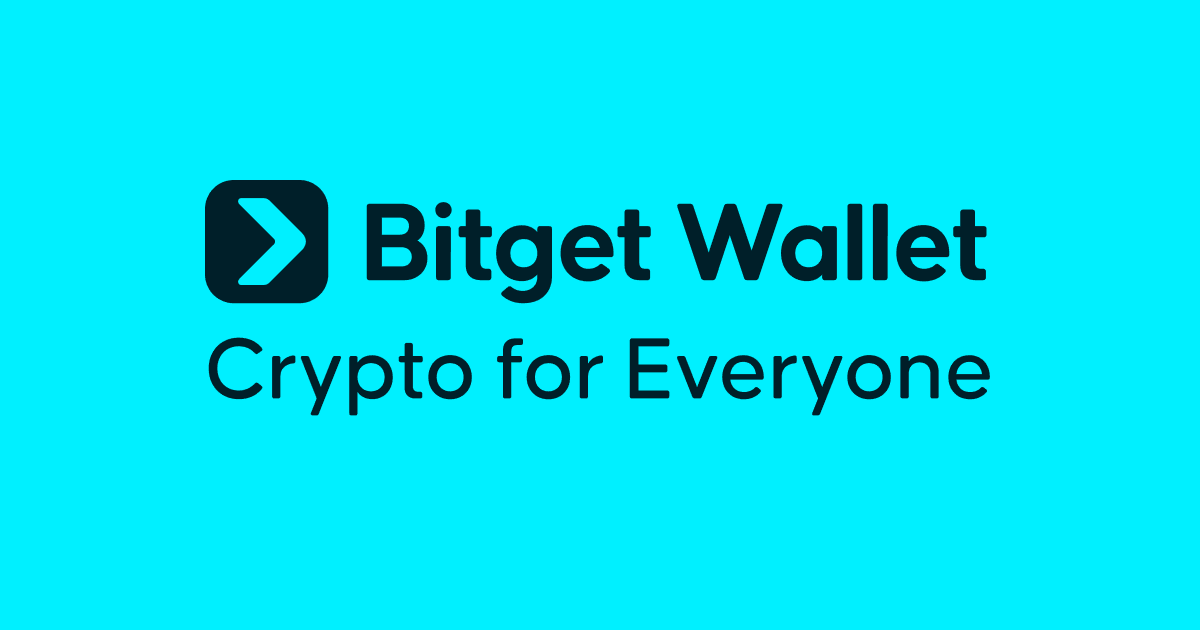Whoa! Ever noticed how a simple crypto wallet these days does way more than just store tokens? It’s like… wallets have evolved into full-on Swiss Army knives for DeFi and social trading. At first, I thought, «Isn’t a wallet just a wallet?» But then I dove deeper and realized the landscape is way more complex—and honestly, kinda exciting.
Swap functionality, Web3 connectivity, and staking are no longer optional features; they’re becoming the baseline expectations. I mean, if your wallet can’t do these three things seamlessly, you’re probably missing out on a lot. Something felt off about the old-school wallets that required hopping between platforms just to swap tokens or stake assets. It’s clunky and, frankly, a pain.
Here’s the thing: the crypto space is sprinting ahead, and wallets need to keep pace or risk becoming obsolete. The whole point of DeFi is decentralization, right? So why are users still tethered to centralized exchanges for basic stuff? The integration of swap functionalities right inside wallets is a game-changer. It’s like having a mini exchange right at your fingertips, without ever leaving your secure environment.
But it’s not just about swapping tokens. Web3 connectivity opens up a whole new world of possibilities. Initially, I thought it was just about connecting to dApps, but it’s way deeper. Web3 enables wallets to interact dynamically with decentralized protocols—think governance, NFTs, yield farming—all without the usual hassle. This kind of fluid interaction is what makes crypto feel alive.
Long story short: wallets that blend swap, Web3, and staking features are the future. Yet, not all of them get it right. Some promise the moon but deliver a clunky user experience. Others nail the tech but leave newbies scratching their heads. So I kept digging…
Okay, so check this out—staking within wallets used to be a separate ordeal. You’d lock up tokens on a platform, wait, then claim rewards manually. Now? Some wallets have staking baked right in. It’s smoother, almost effortless. You can stake your assets, track rewards in real-time, and even unstake with a tap. This immediacy changes user behavior, encouraging more active participation in network security and governance.
What’s fascinating here is the psychology: when staking feels easy and integrated, users are more likely to engage. I’m biased, but I think this is critical for mainstream adoption. People don’t wanna juggle apps or spreadsheets to figure out their earnings. They want clarity and convenience.
Still, the tech behind these features isn’t trivial. Implementing cross-chain swaps, for example, requires bridging liquidity across multiple blockchains, which is a nightmare on its own. I’ve seen wallets try this with varying success. On one hand, it’s revolutionary to swap Bitcoin for an Ethereum-based token without a middleman. Though actually, the underlying protocols have to be rock-solid to avoid slippage and security risks.
And then there’s the matter of Web3 connectivity’s security implications. My instinct said, “Be careful—connecting your wallet to every dApp can open doors to phishing or exploits.” So, wallets have to balance openness with safety, often integrating permission management and transaction previews. It’s a tricky tightrope walk.
Honestly, the best wallets I stumbled upon handle this balance quite well. They offer granular control over dApp interactions while maintaining a smooth user flow. Plus, they’re starting to incorporate social trading features—allowing users to follow or copy trades of trusted peers without leaving the wallet.

Why Bitget Wallet Stands Out in This Crowd
If you’re hunting for a modern multichain wallet that nails these features, check out this here. Seriously, Bitget Wallet integrates swap functionality, Web3 connectivity, and staking in a way that feels natural. What’s cool is how it supports multiple blockchains seamlessly, so you don’t feel boxed in.
At first glance, Bitget’s interface feels intuitive, which is huge because many wallets overload you with info. The swap feature is lightning fast, and the fees are pretty competitive—no nasty surprises. Plus, the staking options are diverse, covering several popular protocols with transparent reward tracking.
What bugs me a little is that sometimes the social trading aspect isn’t as prominent as I’d like. It’s there, but could use more polish to encourage community engagement. Still, they’re clearly moving in the right direction.
Another thing I appreciate is the wallet’s commitment to security without sacrificing convenience. It uses standard encryption and offers multi-factor authentication, which is a must-have. Also, the Web3 browser is embedded nicely, letting you explore dApps without jumping between apps.
And oh—by the way—if you’re curious about the technical side, Bitget Wallet supports decentralized identity management, which I believe will be a cornerstone of future crypto interactions. It’s not perfect yet, but it’s promising.
To be honest, I’m still learning about the full potential of these integrated wallets. The speed of innovation is dizzying. But one thing’s for sure: if you’re in the US and looking to dip your toes into DeFi, staking, or social trading, having a wallet that does all this under one hood makes life a whole lot easier.
Still, I’m cautious. The rapid rollout of features sometimes leads to bugs or confusing UI changes. So before diving headfirst, test with small amounts. My experience has taught me that wallets which build community trust through transparency and ongoing updates tend to last.
In the end, wallets like Bitget are carving out a new standard. They’re not just vaults for your crypto—they’re your gateway to the broader Web3 ecosystem, wrapped up in one slick package. And that’s something I’m pretty excited about.
Frequently Asked Questions
What exactly is swap functionality in a crypto wallet?
Swap functionality lets you exchange one cryptocurrency for another directly within your wallet, without needing to use an external exchange. It’s like having a mini marketplace inside your wallet where you can trade tokens instantly.
How does staking work inside a wallet?
Staking in a wallet means you can lock up your tokens to support a blockchain network and earn rewards, all managed within your wallet interface. It simplifies the process by showing your staked assets and rewards in real-time.
Why is Web3 connectivity important for modern wallets?
Web3 connectivity allows your wallet to interact directly with decentralized applications (dApps), enabling functionalities like governance voting, NFT management, and DeFi participation, making your wallet more than just a storage tool.


 English
English


